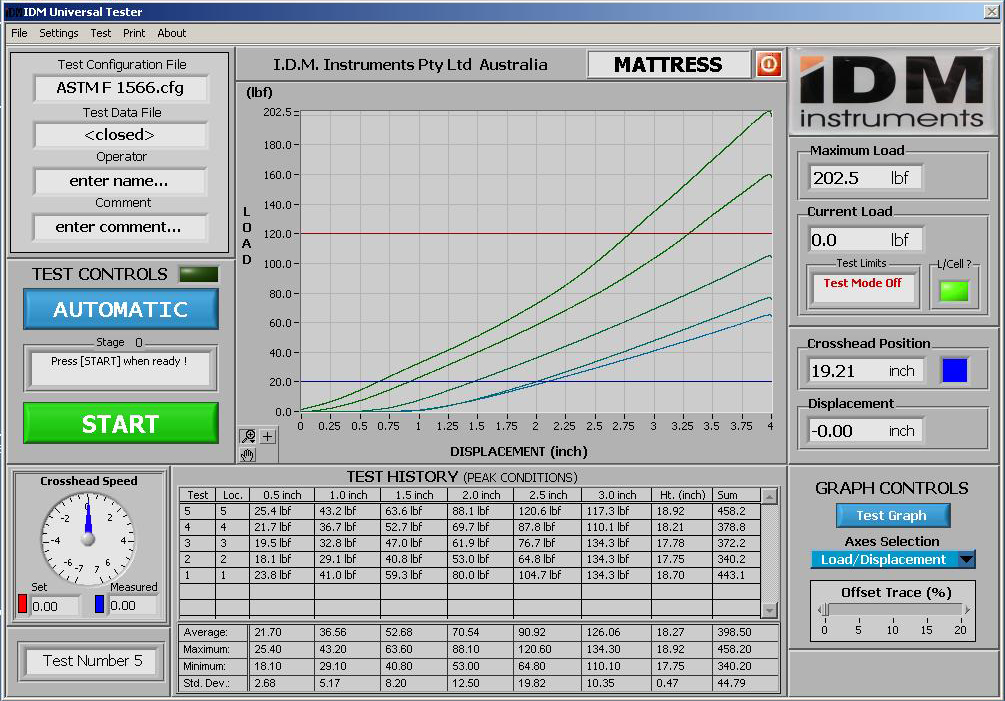

This widely recognized format is supported by numerous tools and applications. The most common example of lossy compression is JPEG, an image compression format used extensively on the web and in digital photography. That said, lossy compression has proved to be a valuable strategy for the web, where a moderate amount of image degradation can often be tolerated. If lossy compression is applied repeatedly to the same image, it gets increasingly distorted. Once it has been applied to an image, that image can never be restored to its original state. One of the challenges with lossy compression is that it's irreversible. However, quality can be maintained when compression is carefully applied. Lossy compression can significantly reduce file size, but it can also reduce image quality to the point of distortion, especially if the image is overly compressed. Lossy compression reduces an image file size by permanently removing less critical information, particularly redundant data. The methods used to compress image files typically fall into one of two categories: lossy and lossless. What are the two types of image compression? The image also requires less bandwidth when being transmitted over the internet or downloaded from a webpage, reducing network congestion and speeding up content delivery.

By reducing the file size, more images can be stored in a given amount of disk or memory space.

Image compression is a process applied to a graphics file to minimize its size in bytes without degrading image quality below an acceptable threshold.


 0 kommentar(er)
0 kommentar(er)
